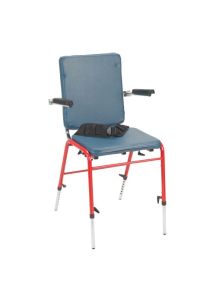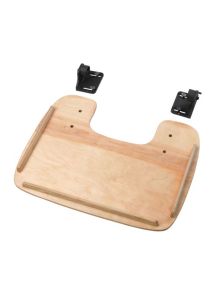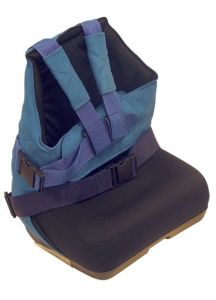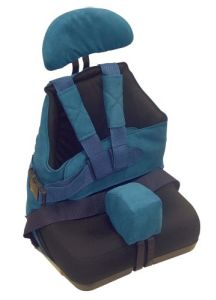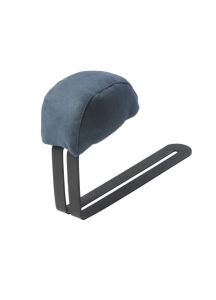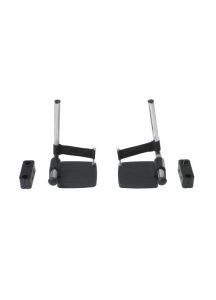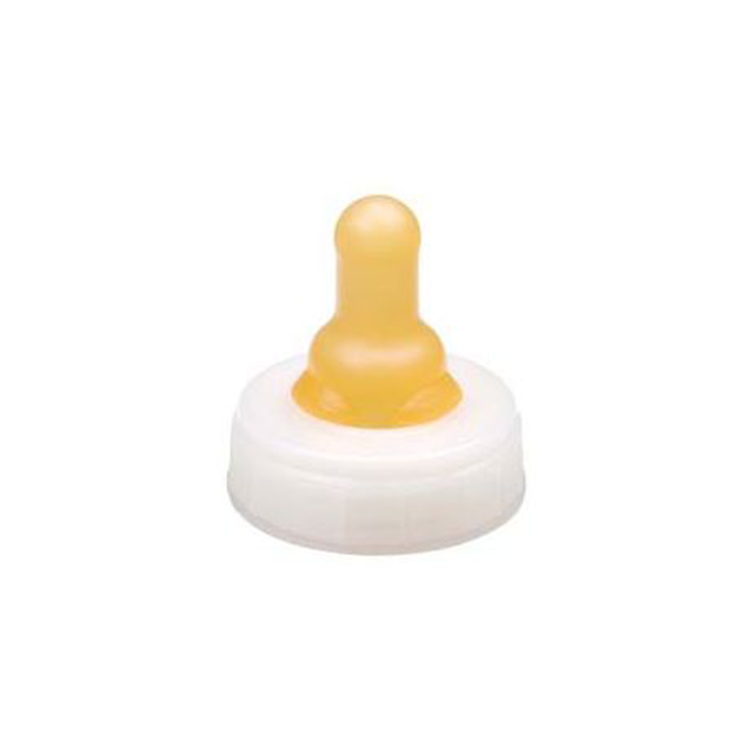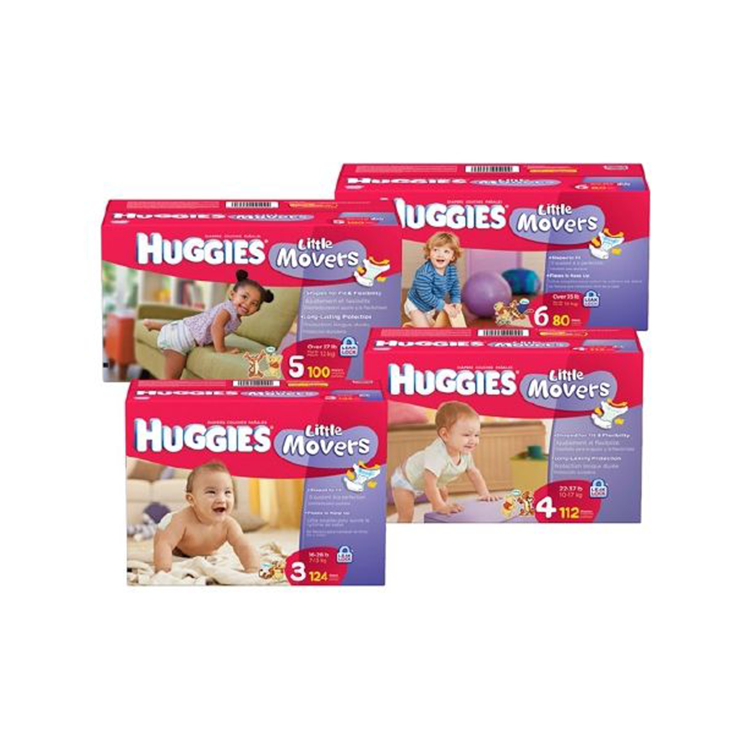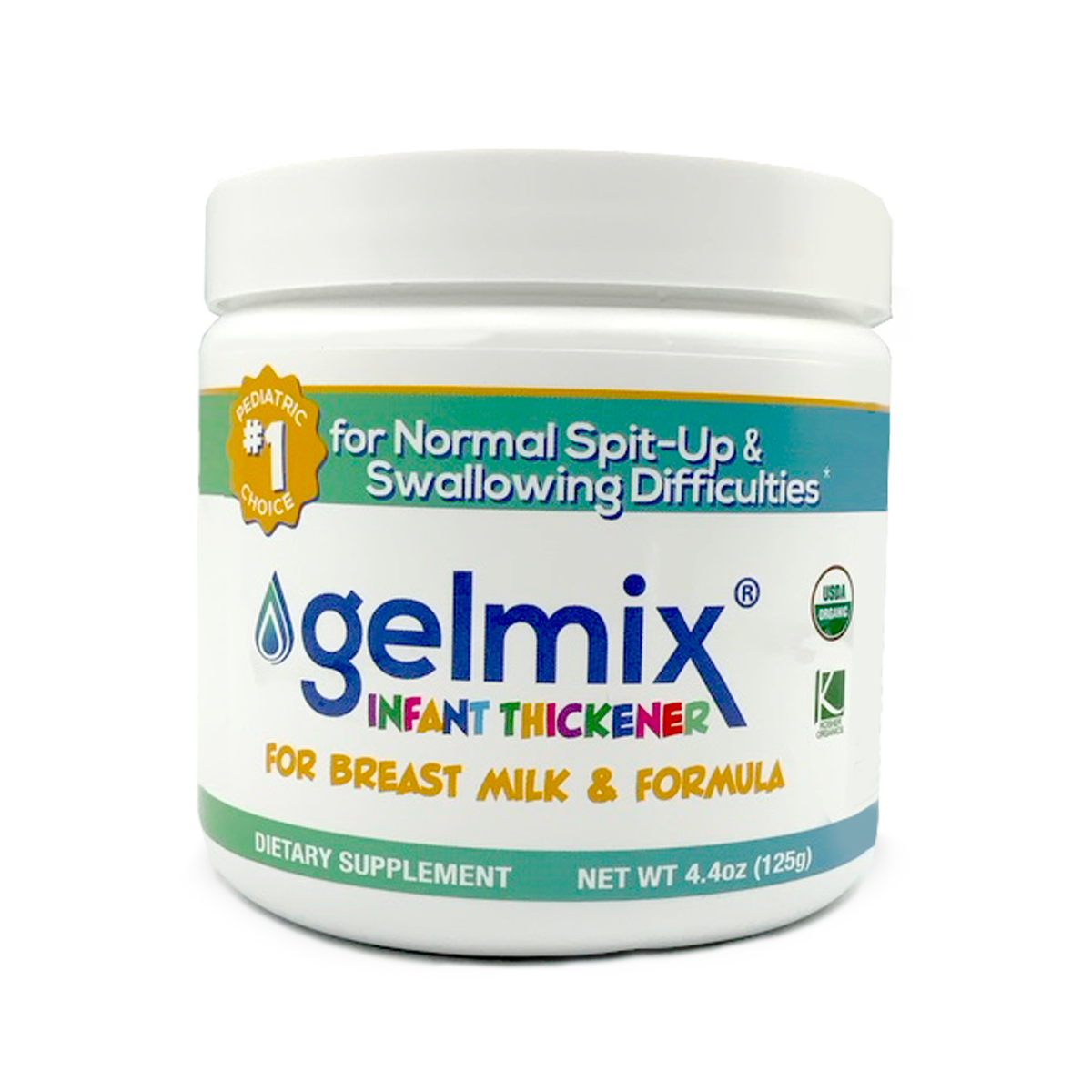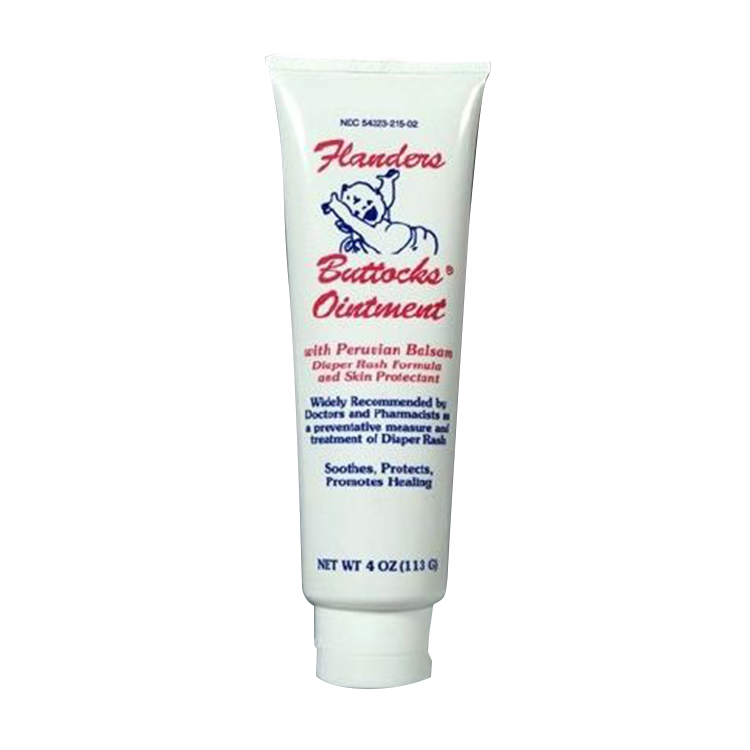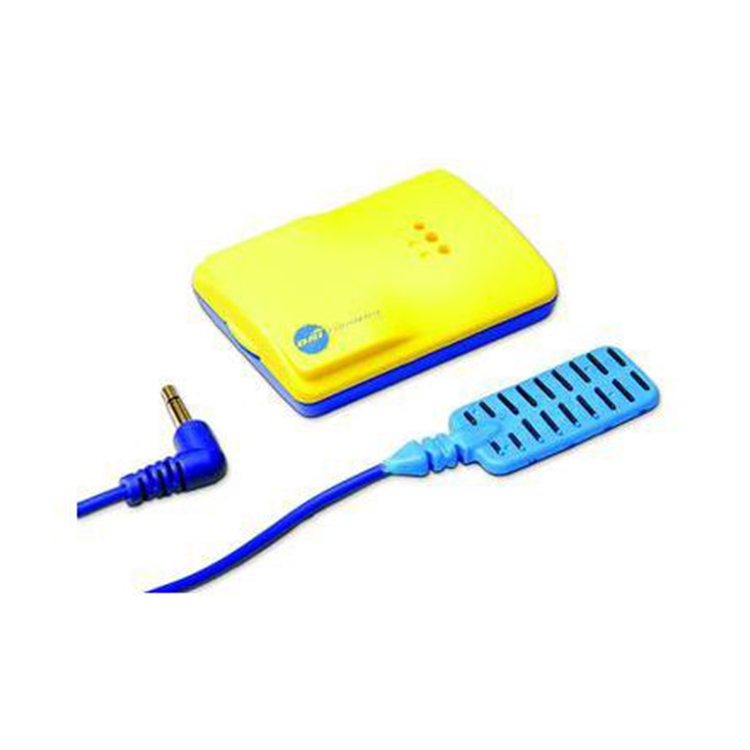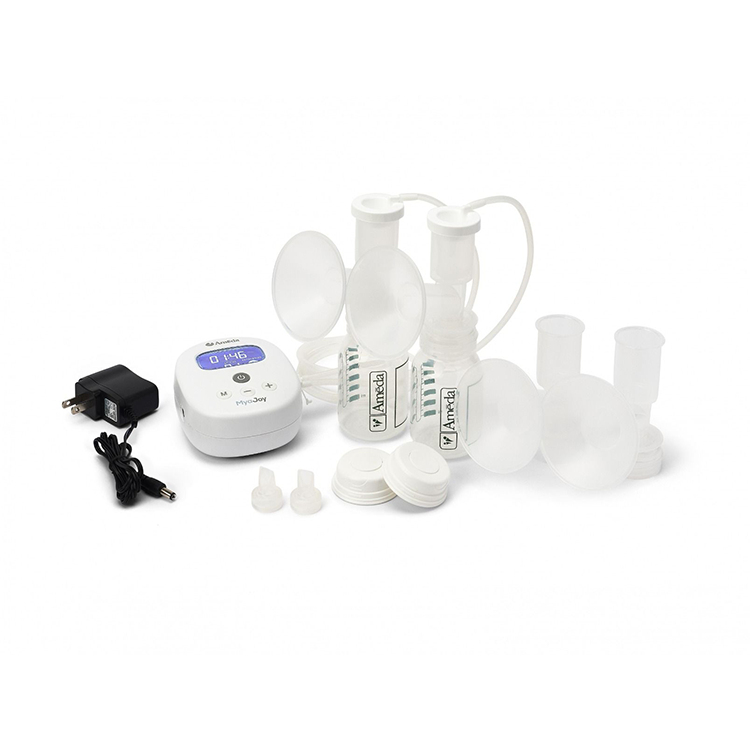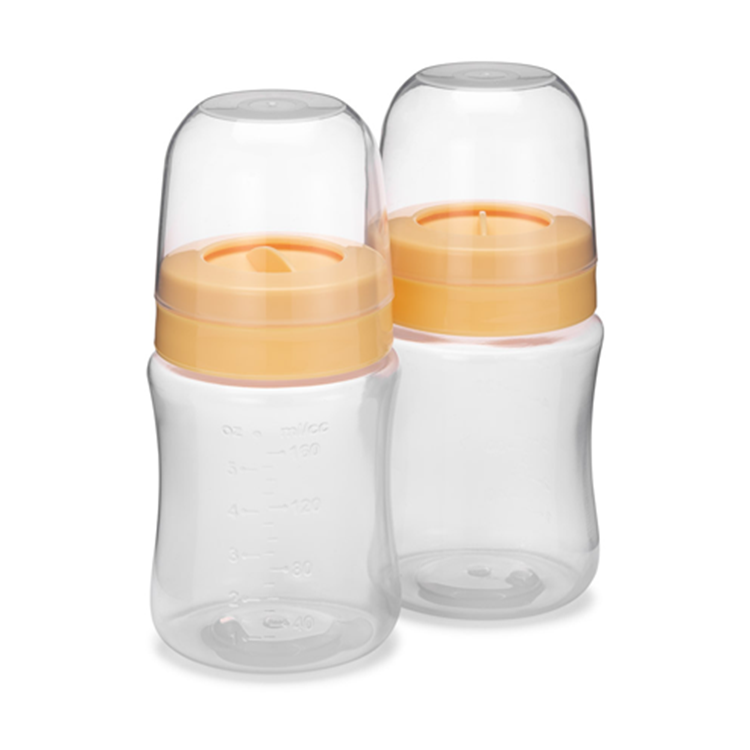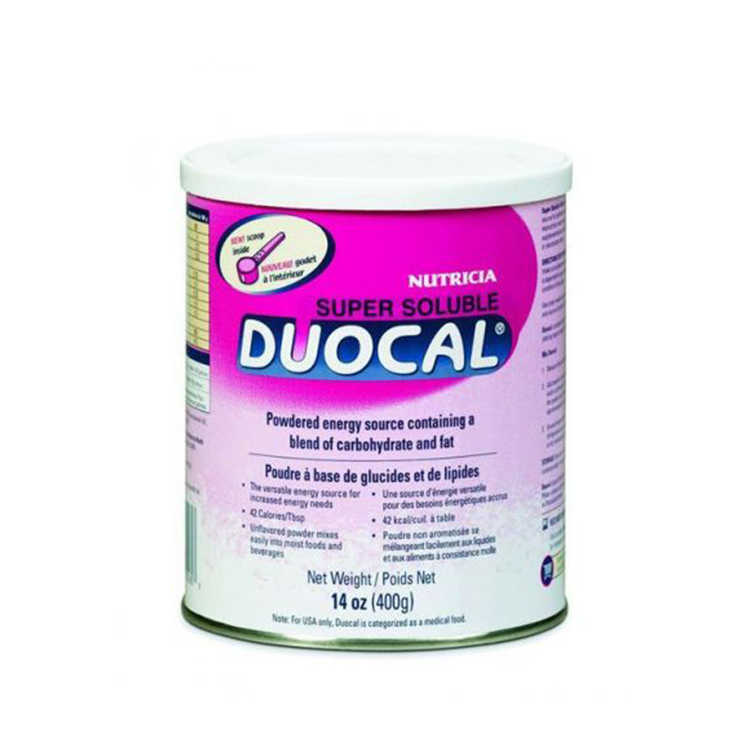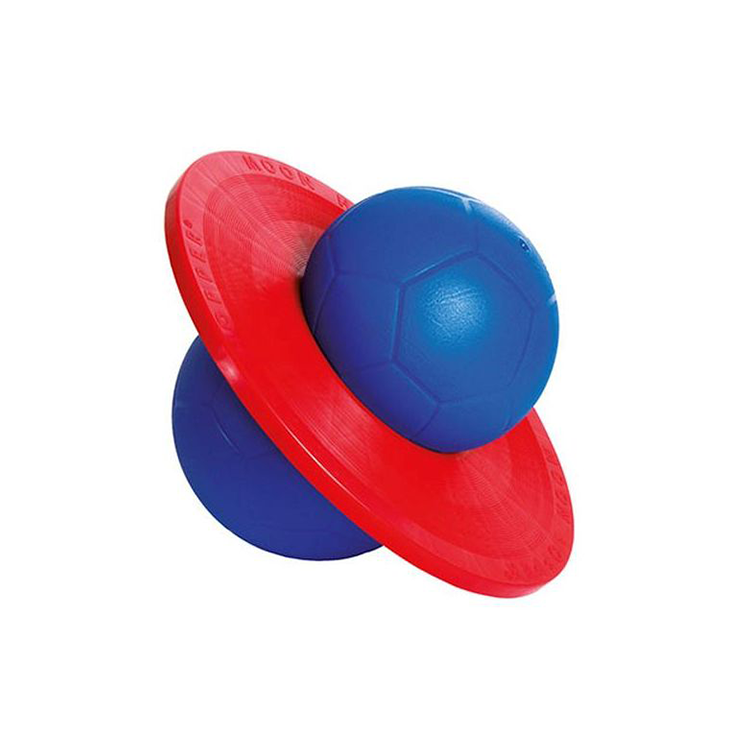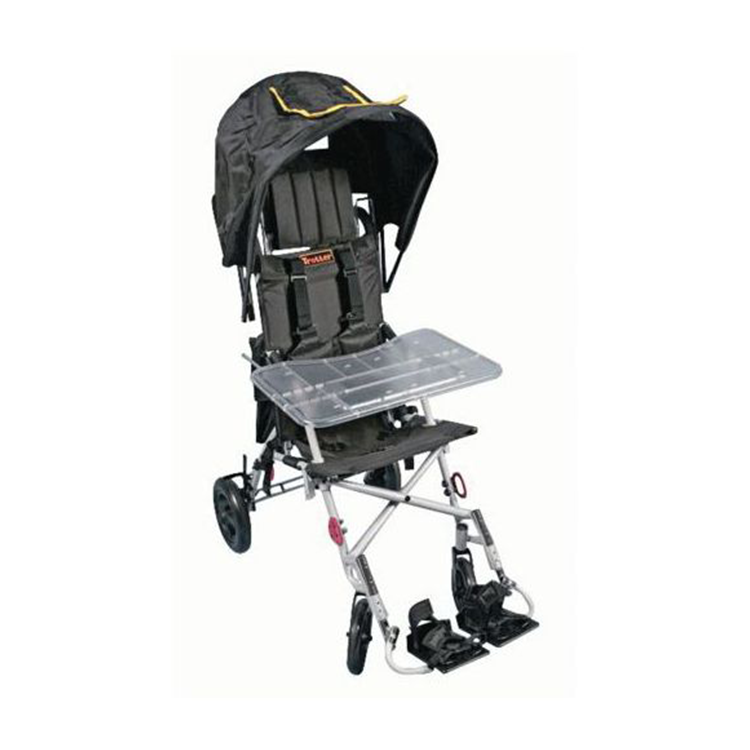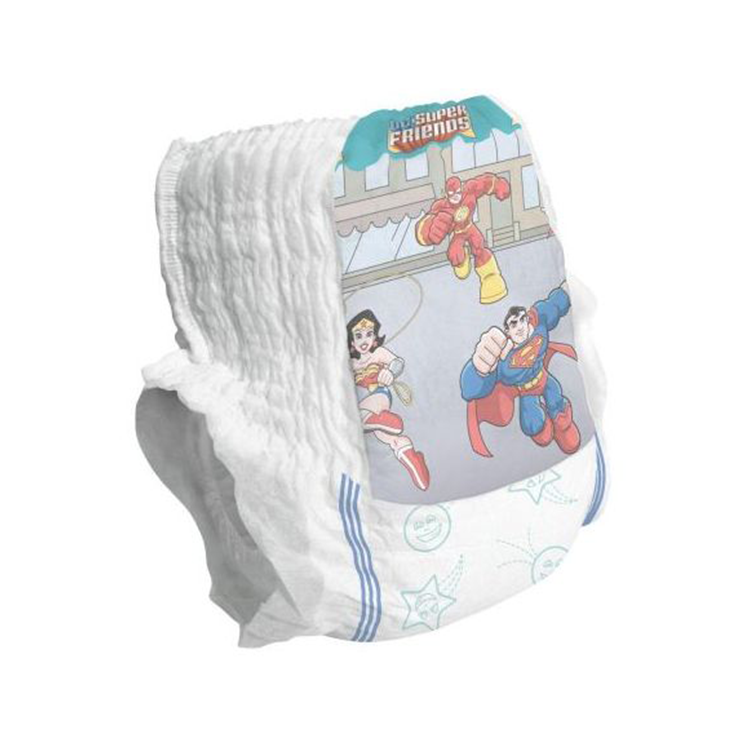Types of Cast Supplies
Blowout Medical offers a variety of cast supplies to meet different needs. Some popular types of cast supplies include cast padding, cast liners, cast covers, cast boots, and cast shoes. Cast padding is used to cushion the skin under the cast and prevent skin irritation. Cast liners help to keep the cast clean and can be easily removed for cleaning. Cast covers are waterproof and can be used to keep the cast dry during showering or bathing. Cast boots and shoes are designed to be worn over the cast to provide additional protection and support to the foot and ankle.
How to Care for a Cast
Proper care of a cast is important to promote healing and prevent complications. Patients should avoid getting the cast wet, as moisture can weaken the cast and increase the risk of infection. Cast covers or plastic bags can be used to keep the cast dry during showering or bathing. Patients should also avoid putting anything inside the cast, as this can cause skin irritation or infection. If the cast becomes wet, damp, or foul-smelling, patients should contact their healthcare provider immediately for evaluation.
How to Remove a Cast
Removing a cast should be done by a healthcare provider to ensure safety and prevent injury. The provider will use special tools to cut the cast along its length and carefully remove it from the affected area. After the cast is removed, the provider will examine the affected area for signs of healing and provide instructions on any necessary rehabilitation or physical therapy.
Benefits of Cast Supplies
Cast supplies can provide numerous benefits to patients with fractures, sprains, or other musculoskeletal injuries. Cast padding and liners help to cushion the skin under the cast and prevent irritation or discomfort. Cast covers allow patients to maintain their normal hygiene routine while keeping the cast dry. Cast boots and shoes provide additional support and protection to the foot and ankle while wearing a cast. Proper use of cast supplies can help to promote healing, prevent complications, and improve overall comfort and quality of life during the recovery process.
Frequently Asked Questions (FAQs)
Q: How do I know if my cast is too tight?
A: Signs that a cast may be too tight include increased pain, numbness or tingling, or a decrease in circulation to the affected area. If you experience any of these symptoms, contact your healthcare provider immediately.
Q: How long will I need to wear a cast?
A: The length of time a patient will need to wear a cast depends on the severity and location of the injury. Your healthcare provider will provide instructions on the duration of wear and any necessary follow-up appointments or rehabilitation.
Q: Can I get my cast wet?
A: Patients should avoid getting their cast wet, as moisture can weaken the cast and increase the risk of infection. Cast covers or plastic bags can be used to keep the cast dry during showering or bathing.
Q: What should I do if my cast becomes wet or foul-smelling?
A: If the cast becomes wet, damp, or foul-smelling, patients should contact their healthcare provider immediately for evaluation. In some cases, the cast may need to be replaced to prevent infection or other complications.

